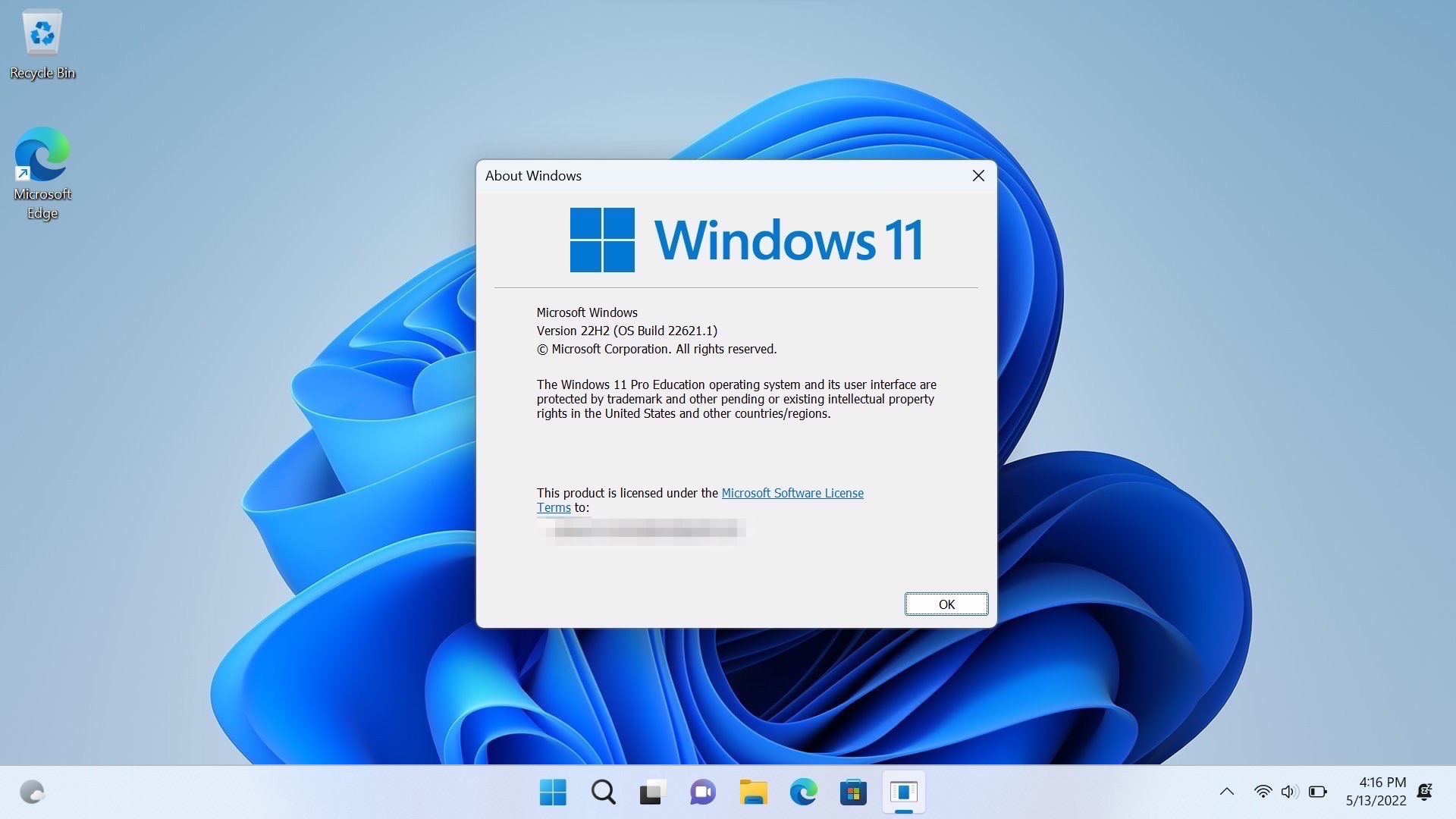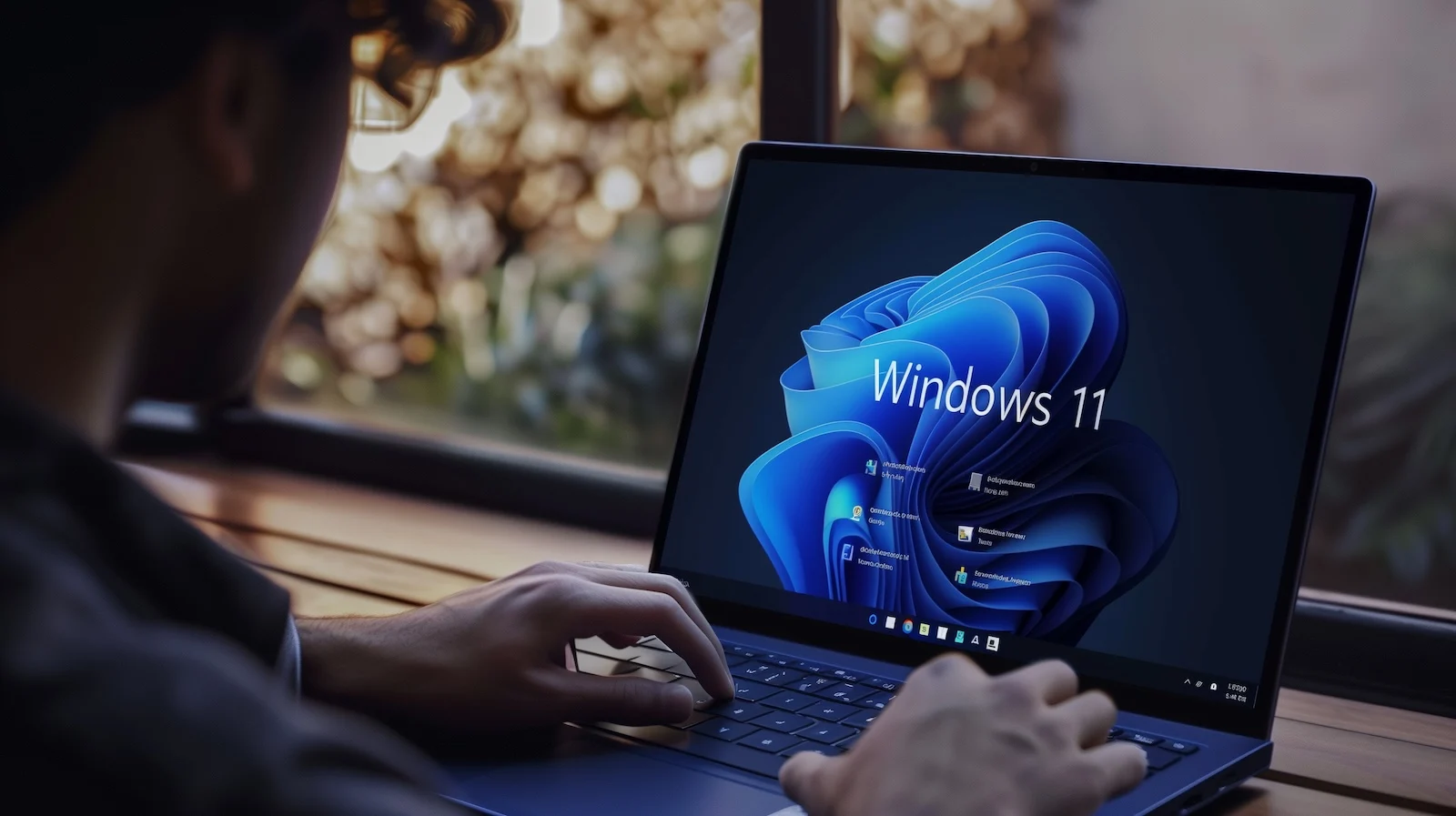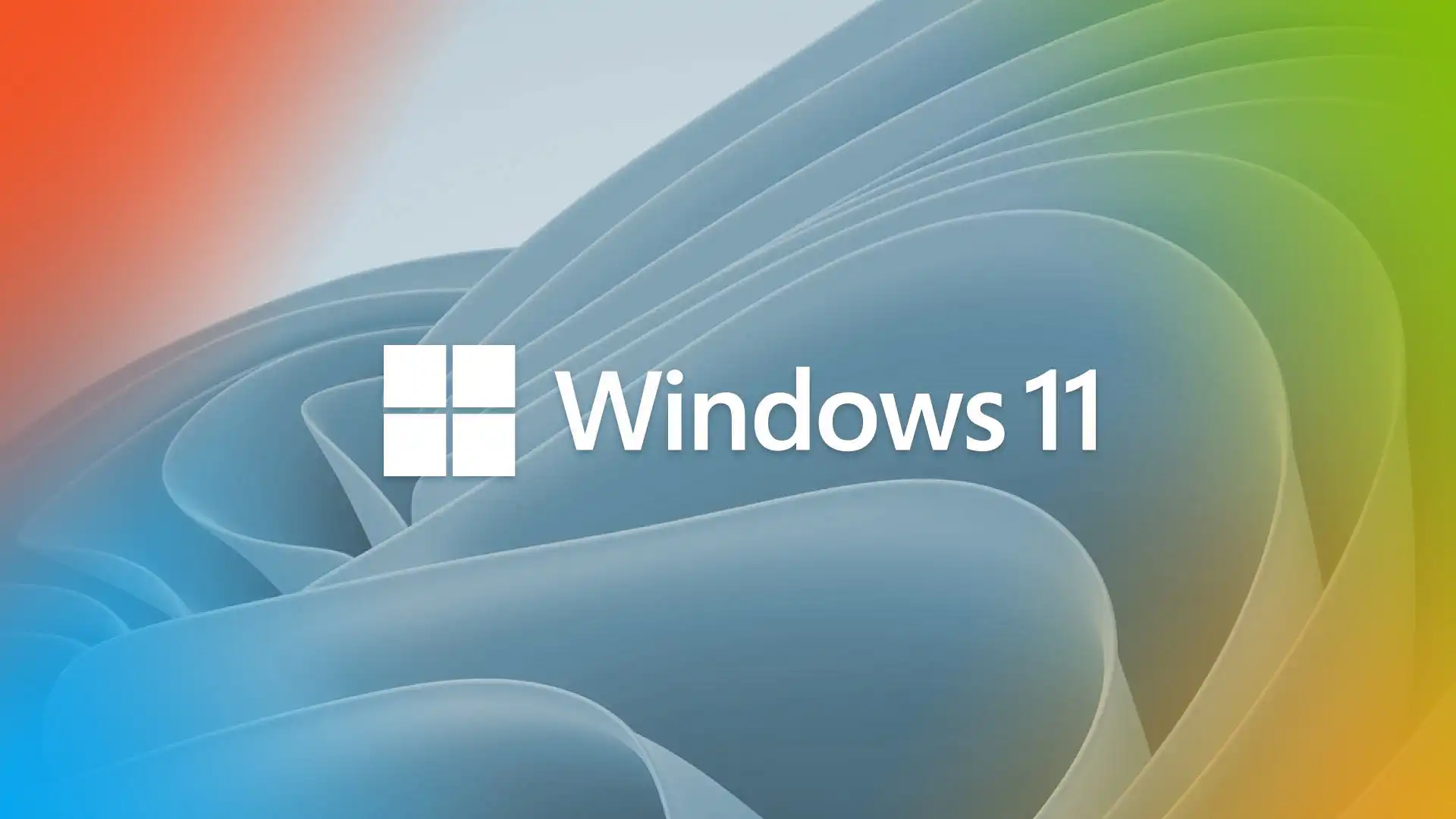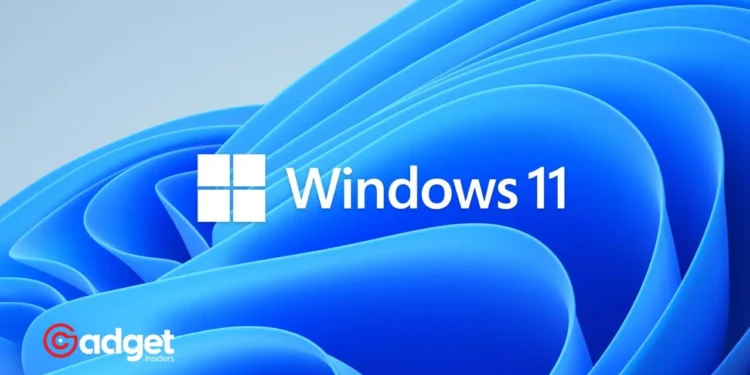Windows 11 has always stood at the forefront of technological evolution, pushing the boundaries of what an operating system can be. With its latest update, Windows 11 version 23H2, released in late October 2023, Microsoft has taken a bold step forward, transforming the troubleshooting experience for users worldwide.
This update is not just an incremental change; it’s a paradigm shift in how users interact with their PCs during those critical moments of need.

The Evolution of Windows Troubleshooting: A Retrospective
Remember the days when Mr. Fix It was your go-to guy for any Windows hiccup? Introduced as early as Windows 7 and becoming a familiar face through the early days of Windows 10, this virtual handyman symbolized Microsoft’s first foray into automated problem-solving tools.
However, by mid-2016, the digital era waved goodbye to Mr. Fix It, ushering in a new era of built-in troubleshooters with Windows 10.
These troubleshooters, accessible via the Settings menu, were designed to automatically diagnose and resolve common issues across various Windows features. Yet, as technology advanced, so too did the complexity and nature of problems. This led to the gradual realization that a more dynamic, integrated approach was necessary to meet the evolving needs of users.
Windows 11’s new approach to troubleshooting https://t.co/Xx3YwBtFea
— Computerworld (@Computerworld) March 9, 2024
Introducing Windows 11’s Get Help: The Future of Troubleshooting
In an exciting turn of events, the February 2023 Microsoft Support note unveiled a significant overhaul in troubleshooting philosophy. The legacy tools and the Microsoft Support Diagnostic Tool (MSDT) platform, long the backbone of Windows troubleshooting, were set to be deprecated. In their place, a more sophisticated, user-friendly platform emerged: Get Help.
Get Help signifies a dramatic shift away from the older, sometimes clunky troubleshooting processes. This platform is not just about diagnosing and fixing problems; it’s about creating an intuitive, seamless experience that guides users through their issues with ease and efficiency.
Whether it’s network issues, printer woes, or Windows Update glitches, Get Help aims to streamline the process, making troubleshooting less of a chore and more of an interaction.

What’s New in Windows 11 23H2 Troubleshooting?
Upon navigating to the Troubleshoot section in Settings > System of Windows 11 23H2, users might notice the pared-down options. Gone are the days of a plethora of recommended troubleshooters. Instead, two primary choices greet users: “Other troubleshooters” and “Get help.”
This simplicity belies a comprehensive approach to problem-solving, wherein most troubleshooting paths lead to the Get Help facility.
Diving into “Other troubleshooters,” users will find a familiar array of options targeting frequent and miscellaneous issues. However, selecting any of these troubleshooters now redirects to the Get Help platform, marking a definitive move towards unifying troubleshooting under one roof.
Get Help in Action
The Get Help app epitomizes user-centric design. Typing a problem into the app’s search bar triggers a cascade of suggestions and solutions tailored to the user’s specific issue. For example, inputting “Can’t connect to the internet” instantly brings up the network troubleshooter, a direct nod to the legacy tools but wrapped in a more engaging, interactive package.

Embracing the New Era of Windows Troubleshooting
As Windows 11 continues to evolve, so too does its approach to supporting users. The shift towards Get Help is not just a change in tools; it’s a reimagining of the troubleshooting experience. It reflects a deeper understanding of user needs and a commitment to addressing them in the most effective, user-friendly manner possible.
With this transition, Microsoft is not just fixing problems; it’s building stronger, more resilient connections between technology and the people who use it.
As users begin to explore the capabilities of Get Help, they’ll find not only solutions to their immediate issues but also a glimpse into the future of digital support — a future where technology works not just for us, but with us.










